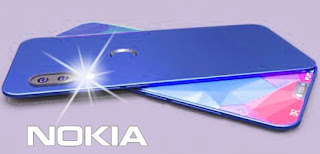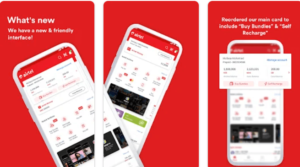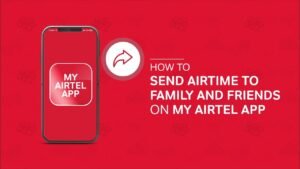Chat companies are dribbling towards a more stable and focused form of messaging platform. Trying to create effective, rewarding, and virtuous platform venture capitalists, you’re looking for chat software that makes connections more convenient, timely, and timely. Popular chat apps today, such as Whatsapp, Facebook Messenger, Viber, Google Hangouts and more are gaining momentum and promising to offer real competition in the future.
Following this series of related chat application releases, companies today expect to launch their own native chat platform and are looking for an evolution in synchronizing this new incarnation. To save businesses from failing, here we have compiled a list of the most vital features and functionality that represent an ideal social a messaging app like Whatsapp, Facebook, Messenger, and others.
The list of required features of a Messenger app:
1. User Registration
Add a security layer for any user to access application features. Verification can be in the form of an email ID or mobile number.
2. Profile Update
A feature to allow users to add a profile picture, status, email ID, etc.
3. Chatbots
Chatbots, AI’s conversational humans are designed to work on chat platforms and give humans an answer.
4. End-to-end encryption
Make your chats protected with end-to-end encryption, meaning that third parties can’t read or hear them. Only the sender and recipient involved in the conversation can understand them.
5. Cloud Sync
Offer users backup for their images, documents, audio, and video to Google Drive.
6. Push Notifications
Inform your users about messages or photos they receive via push notifications, even without opening chat.
7. Instant Messaging
The main backbone of the app is instant messaging, which allows people to send messages in real-time.
8. Group Chat
This feature allows your users to chat with groups of friends, family, and colleagues in one place.
9. Message Transmission
Message transmission allows users to send a message to multiple contacts saved at the same time.
10. Voice Recording
Voice Recorder allows the user to record their voice using a microphone directly in the app’s personal chat.
11. Read Receipts
A delivery sign confirms delivery of the message to the recipient’s application, confirming that the recipient has received and read it.
12. Message Forwarding
This feature allows the user to forward the message to the selected contacts.
13. Share Button
The share button allows the user to Share the message on the same or different application platforms.
14. Online / Offline Status
Online/offline event detection lets users’ connections know if the user is online or offline.
15. History Logs
The history log contains information about previous chats and system status.
16. Audio and Video Calling
Give your users a free, easy-to-use video call/voice call app.
17. Video Conferencing
A video conference is a live visual of the connection between two or more people residing in separate locations.
18. Send Attachments
This allows your users to share attachments such as gallery images, contacts, audio, camera, documents, location, etc.
19. Emoticons and Smiley
An emoticon is a typographic display of a facial representation, used to convey emotion in a text-only medium. Supporting your app with emoticons can help recipients understand the expression/mood easily.
20. Geographic localization
Let your users share their life locations in real-time with friends in their contact lists.
WhatsApp and Snapchat were the first companies to emerge in this industry and offer excellent communication services to their customers. The next generation of corporate-created chat apps can stand up while taking the app to the next level. Often, the best instant messaging application development companies have expert designers and mobile application developers who deliver the closest experience to personal and real-life communications.









